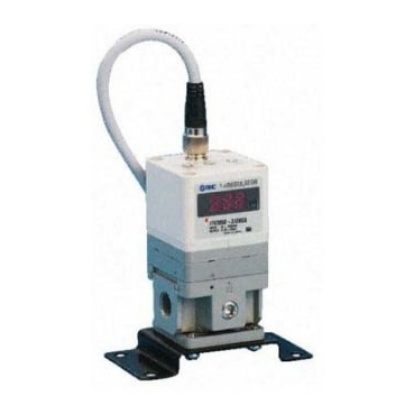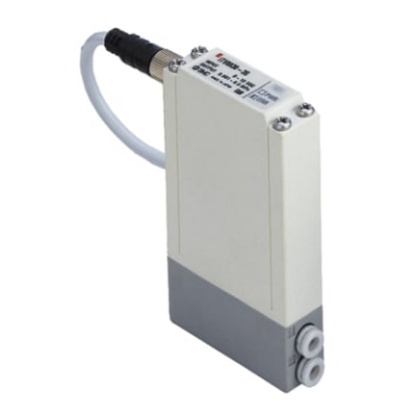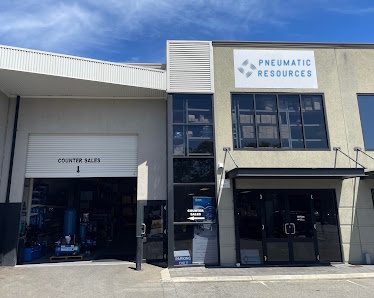I/P & E/P Converters
I/P and E/P converters are specialized pneumatic components that translate electrical signals into corresponding pneumatic pressures. These devices respond to changes in electrical current (I/P) or voltage (E/P) and are commonly installed either in field locations or control panels. Some models are equipped with mounting brackets and connector plugs, and many are designed to detect even low-pressure levels with high sensitivity.
Many pneumatic control valves rely on these converters to transform electronic signals into pneumatic output. I/P converters, in particular, provide a consistent method for converting electrical current into regulated air pressure, enabling the precise control of gas or liquid flow based on the electrical input received by the system.
How does an I/P converter work?
An I/P converter functions as a current-to-pressure transducer used in various industrial control applications. It converts an analog current signal (typically 4–20 mA) into a corresponding pneumatic pressure output. This output is used to operate devices such as actuators, valves, dampers, or vanes. These converters are particularly effective in circuits requiring variable flow rates and controlled actuation speeds.
Difference between I/P and E/P converters
The key difference lies in the input signal: 'I' in I/P stands for current, while 'E' in E/P stands for voltage. Both types convert their respective input—current for I/P and voltage for E/P—into a defined pneumatic pressure. I/P converters typically operate with a 4–20 mA current signal, whereas E/P converters use a 0–10 V voltage input to generate the same type of pneumatic output.
Applications
I/P and E/P converters are extensively used across industrial automation and manufacturing systems where precise control of pneumatic components via electrical signals is essential.



